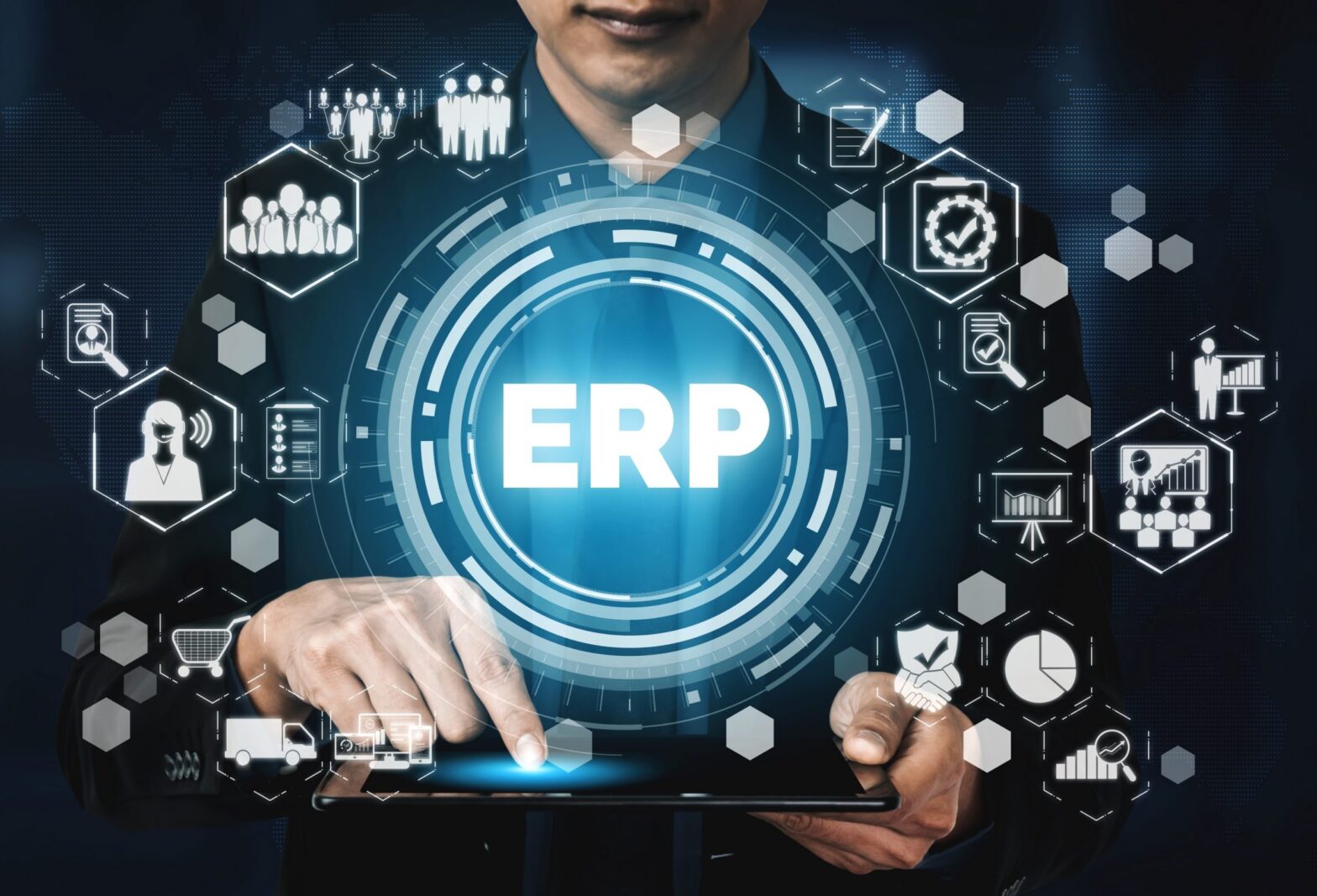How To Implement An ERP In Your Company – What’s Procedure!
What is an ERP? Why do companies turn to him? What is the procedure to implement it? Its acronym ERP refers to the acronym for Enterprise Resource Planning, which could be translated as Enterprise Resource Planning System.
ERP software is the new software that every company needs to have. It controls all the information flows that are generated in each area of the organization.
Keep reading, and in this post, we will clear your doubts.
What Is ERP Software?
Surely you already know this software and know what it consists of, but it doesn’t hurt to make a little memory for people who don’t know what we’re talking about.
An ERP is a set of information systems that allow companies to integrate different operations within the same program: production operations, logistics, inventory, accounting, and human resources.
This software works as an integrated system, a single program with a central database, although there may be modular menus. Surely you have heard about the advantages of implementing Microsoft 365 business central in your company.
Is it advantageous to have an ERP system in a business? Yes, on the one hand, the automation of processes with the ERP increases, and with it the saving of time and costs that it entails.
On the other hand, you will be able to count on a great availability of internal information on the same platform.
In addition, it helps you to give order and shape to all the data of your business, and, finally, it produces an integration in the ERP of the different databases of the company.
Implementing an ERP in a company is a very important decision since a large investment depends on it.
For the decision to be the right one, the main thing is to know what the company’s needs are, what you want to automate and what it means to simplify so much work.
Once you are clear that you want to implement ERP software in your company, the next step is to do so.
Next, we explain the main phases of an ERP software implementation.
Steps To Implement An ERP In Your Company
1. Planning
In this stage, the resources of the project, both technical and human, will be determined. All the activities of which the project consists will be defined with their respective start and end dates.
In this way, you can organize all the resources based on these tasks and know the evolution of the project.
It is also recommended to leave the software installed at this stage. It ensure that it works correctly from the beginning.
2. Consulting And Business Understanding
At this point, the business consultants carry out an analysis of the functionalities that your company needs and, therefore, must be implemented in the ERP.
The consulting service is carried out before, during, and after the implementation of the ERP.
The objective of this stage is to reach a common understanding between the specialist team of the system and the expert team of the company. To know what the current processes of the company are and what are their expectations regarding the implementation of the ERP.
3. Configuration And Parameterization
In this stage, the installation of the hardware and software is carried out based on the design of the solution created in the previous stage.
In addition, this phase must be the one indicated to carry out tests of what has been configured, as well as tests of any development or integration with other systems that have been required.
4. Data Migration
This point is one of the most important in this process. The quality of the data to be migrated and the different codifications of the previous system require an effort to be able to correctly identify the origin of each data, purify it and insert it into the new ERP database.
5. Staff Training
All workers who are going to use the ERP must receive specific training. The key reason for the training program for users using ERP is to ensure that they feel comfortable with the system, as well as to increase their experience and knowledge.
6. Commissioning
This stage is the last step to be carried out to implement an ERP. During this stage, the start-up of the ERP and the support to the users are carried out.
7. Control And Monitoring Of The Project
The objective of this stage is to keep track of the project with respect to planning compliance, delays, analysis, pending, and risk mitigation. In addition to any activity that supports the implementation of quality control.
Conclusion
So, Companies that opt to install ERP may not always have a lot of time to do it. But it is critical to recognise that it is a time-consuming process. ERP companies frequently state that deployment takes 3-6 months on average. That must be taken as an average, not as the whole truth. Unexpected occurrences might occur during brief implementation periods. Although there are no formal guidelines to follow to ensure a successful deployment, some stages of ERP adoption are advised.
If you want to implement a central business, do not hesitate to do so. You will only obtain advantages and benefits for your company.














